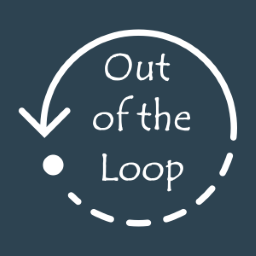

Shouldn’t this start with 3.5 billion years Ago: TNG All Good Things…?
An actual chronological edit of all star trek would be fun, opens with two scenes of Picard yelling at Q in the mud, jump forward to data hanging out with Mark Twain, then the Guardian of forever and Enterprise fighting Time travelers in WW2. then you have the DS9 Crew messing around in Roswell NM, then the events of the Journey Home.
I’m probably missing a few.




There are 5 times as many trans people in America as there are whyomingans.